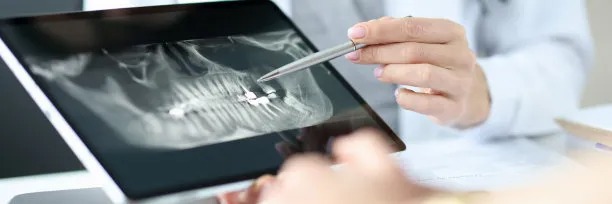A Step-by-Step Guide to Extract a Tooth Safely and Effectively at Home
Summary: This article provides a comprehensive and systematic guide for safely and effectively extracting a tooth at home. It covers essential aspects including preparation, technique, post-extraction care, and when to seek professional help. The aim is to equip readers with the necessary knowledge and precautions to manage tooth extraction responsibly and minimize discomfort. By following these step-by-step instructions, individuals can approach this delicate procedure with confidence. However, it is crucial to weigh the risks and consider professional dental assistance when necessary.
1. Preparing for Home Tooth Extraction

Before attempting a tooth extraction at home, proper preparation is vital to ensure safety and effectiveness. First, gather all essential tools, including dental gloves, sterile gauze, pliers, antiseptic solution, and an ice pack. Maintaining a clean environment is necessary to prevent infections and complications.
Next, take some time to observe your dental issue. Identifying the exact tooth that requires extraction and assessing its looseness can help in determining whether at-home extraction is appropriate. If the tooth is not significantly loose or if there is any doubt about the procedure, it’s better to consult a dentist.
Lastly, consider your overall health. Certain medical conditions, such as blood disorders or uncontrolled diabetes, may increase the risk associated with tooth extraction. If you are taking medications that affect blood clotting or have recently undergone dental procedures, a consultation with a healthcare professional is advisable.
2. Steps to Extract a Tooth at Home
Once you are fully prepared, the next step is to perform the extraction. Begin by thoroughly washing your hands and putting on dental gloves. This helps minimize the risk of infection and ensures a hygienic environment. Before the procedure, rinse your mouth with a saltwater solution to cleanse the area.
Next, use sterile gauze to grasp the tooth firmly. Gently rock the tooth back and forth to help loosen it further. If the tooth is stubborn or not moving easily, apply slight twisting motions. Avoid using excessive force, as this may lead to broken teeth or damage to the surrounding gums.
Once the tooth has become sufficiently loose, pull it out with a steady, gentle motion. It’s essential to keep the extraction smooth to prevent any complications. After the tooth is removed, immediately place a piece of gauze over the extraction site to control bleeding.
3. Post-Extraction Care and Recovery
After extracting the tooth, proper post-extraction care is crucial to promote healing and prevent complications. For the first 24 hours, avoid rinsing your mouth or engaging in strenuous activities. Resting will allow your body to focus on healing the affected area.
Additionally, it’s important to manage bleeding effectively. If bleeding persists, replace the gauze with fresh ones and apply gentle pressure for 30 minutes. Avoid consuming hot drinks or anything with a strong flavor that might irritate the extraction site.
To manage pain and discomfort, over-the-counter pain relievers can be used. Applying a cold compress to the outside of your cheek may also help reduce swelling. Monitor the extraction area for signs of infection, such as increased swelling, persistent pain, or fever. Should any such symptoms arise, seek professional dental care immediately.
4. When to Seek Professional Help
While the guide provides valuable information for at-home tooth extraction, there are situations where professional help is essential. If the tooth feels firmly anchored or if there is persistent pain that significantly limits your daily activities, it’s crucial to consult a dentist.
Additionally, if you experience heavy bleeding that doesn’t subside after applying pressure for more than 30 minutes, do not hesitate to reach out to a healthcare professional. Excessive bleeding can be a sign of complications requiring immediate intervention.
Lastly, if there are signs of infection or if you have concerns about the healing process, contacting your dentist for advice or treatment is important. Your oral health is vital, and professional assistance ensures that you receive comprehensive care.
Summary:
In conclusion, extracting a tooth at home requires careful preparation and knowledge of safe practices. While it is feasible for some individuals, it comes with risks that should not be underestimated. Always consider your health, the state of the tooth, and the potential need for professional dental assistance.
This article is compiled by Vickong Dental and the content is for reference only.



